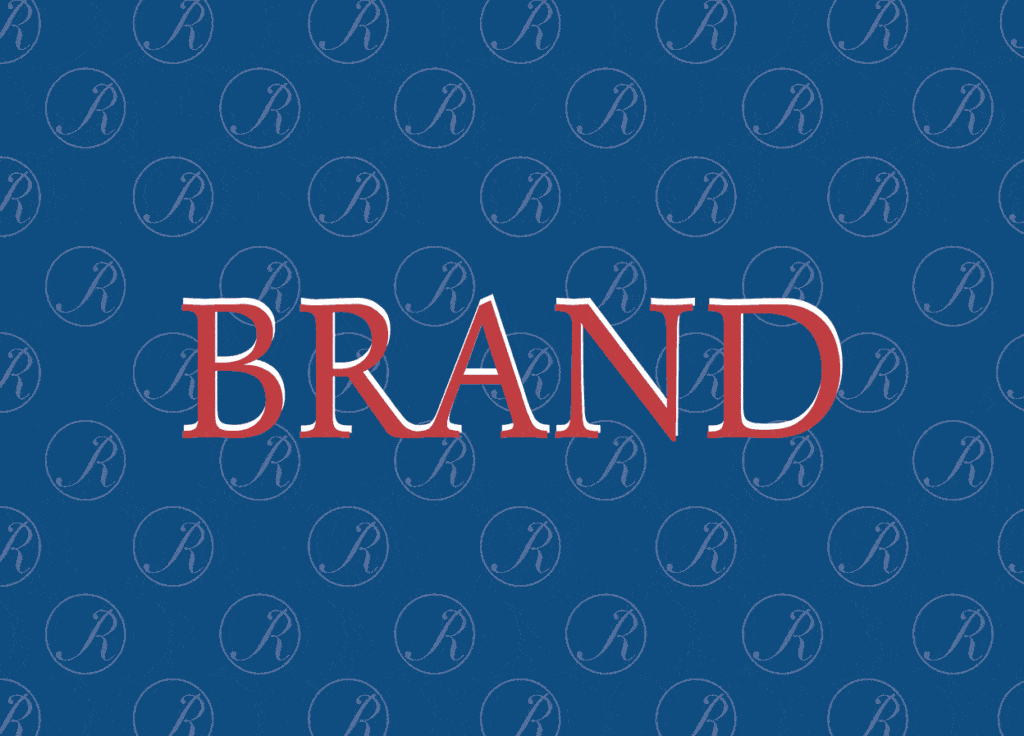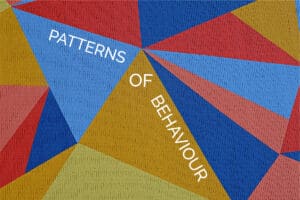Christmas is prime time to…
Fall head over heels in love with BRANDS!
Feels quite clinical when writing this, but the emotions are far from clinical!
How can we possibly love an inanimate object? A therapist would tell you this is an unhealthy relationship. It’s very one-sided. Your physical needs don’t get a look in. You have no choice about being in an open relationship. You are likely to develop attachment issues. And above all this, trust is through the roof and the bond is unbreakable.
What the hell is going on? We wouldn’t accept this in a friendship or partner relationship? So why do we fall in love and obsess over brands?
My personal obsession is Gucci. It’s been a long-time love. It inspires and excites me almost every time. Whether it’s walking through the store, their social media, short films, how and who they collaborate with, outdoor advertising campaigns… It’s a brand that captures both classic and edgy at the same time. It’s not afraid of taking risks and having fun. Since Alessandro Michele became Creative Director in 2015 Gucci’s renewed positioning and design has resulted in significant revenue growth. Brand love brings in the dollars!
What do we know about brand love?
Since the researchers first started looking into brand love in 1988, we have evolved our views. We definitely no longer compare brand love to interpersonal love. There are some traits that cross over but there are a lot that don’t.
A 2012 study (Rajeev Batra, Aaron Ahuvia, & Richard P. Bagozzi, Brand Love) predicts higher brand loyalty, word of mouth and resistance to negative information. They used the following elements to decipher the level of brand love:
- Passion driven behaviours: Strong desires, willingness to invest, history with the brand
- Self-brand integration: Ability to express actual and desired identities, to connect to life’s deeper
- Positive intrinsic motivation: Positive attachment and an intuitive feeling of ‘rightness’.
- Anticipated separation distress if the brand went a way.
- Long term relationship: Predicting future use and long-term commitment
- Positive attitude valence: Overall satisfaction
- Attitudes of high certainty and confidence: The strength, intensity and reaction time of feelings and evaluations
In a 2016 study (Langner, T., Bruns, D., Fischer, A. et al.), the focus was on the development of love, specifically looking at the different paths consumers can take to fall in love and back in love with your brand:
- Slow development
- Liking becomes love
- Love all the way
- Bumpy road
- Dislike evolves to positively over time
The key takeaway in this list is how “individual” the brand love experience can be distilled to, along with the opportunity we have for evolving a customer relationship to brand love.
In a 2019 Study (Narissara Palusuk, Bernadett Koles & Rajibul Hasan) interestingly they included brand hate, indicating that brand love cannot be taken for granted and that continued quality and general satisfaction must be met to avoid potential ramifications.
It’s also important to note that culture plays a crucial role influencing how and why we fall in love with a brand and how this evolves over time. If you play in different markets, for example, intrinsic motivation can differ greatly across western and eastern cultures.
Why is brand love important?
From a straight up business aspect, most of us don’t have a monopoly on our market to begin with. Markets continue to widen, now that we can access international markets. Overlay this with indirect competition, i.e. the vastness of choice of where and how customers can spend their money and time. In a nutshell, brand love is a chess move.
When it comes to the customer, to ‘just be satisfied with a brand’, is no longer enough. If this is the case in your business, definitely expect switching if something better comes along. On the flip side, satisfaction can turn into love, but requires effort.
Brand love is not isolated to customers. It extends to all stakeholders, especially (now more than ever) the people working in the business. When building love you need to be considering the entire business eco-system. In Australia our small market means, unfavourable word of mouth (even from a supplier) can severely impact your brand. People in the business can impact quality and service in a big way. Elon Musk buying Twitter is a great example of how one person can shake a brand.
How do we get on the brand love train?
1. Think in terms of love
Shift your thinking from product or service delivery to brand love. Simulate brand love models/journeys across all your major stakeholders. What can you create to drive customer desire as a starting point?
2. Measure
Create a brand love score card. Once you have the insights, address the gaps / opportunities. Keep in mind this is not a one month project. This is ongoing and the majority of opportunities should be quantifiable and linked to your long term business objectives. Repeat brand score research every 6-12 months depending how fast you and the market is moving.
Before we go
Brand love needs to come from you first. If you are not in love with your brand then how can you expect someone else to be? What will it take for you to be completely head of heels with your brand? After all, love breeds love.
At Run Partners, taking a total business marketing approach is what we love doing. We do that by working with our clients on brand positioning (delivered via various formats) and marketing strategy to drive business results, brand love and long term value. This is our strength. It’s what we love doing and it’s the biggest impact we can make for our customers. We also love working with clients that want to grow their business and have fun doing so!
Appendix
(1) 2012 Rajeev Batra, Aaron Ahuvia, & Richard P. Bagozzi, Brand Love
(2) 2016 Langner, T., Bruns, D., Fischer, A. et al. Falling in love with brands: a dynamic analysis of the trajectories of brand love
(3) 2019 Narissara Palusuk, Bernadett Koles & Rajibul Hasan, ‘All you need is brand






